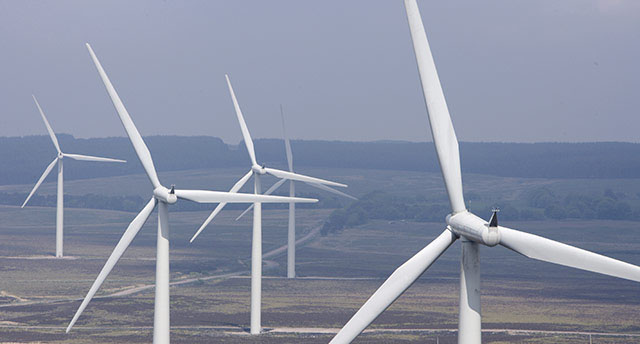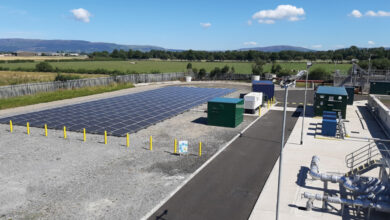Sustainable infrastructure

The Financing Change report by McKinsey predicted that the world needs to find $7.7 trillion annually for the next 15 years to meet the global demand for new infrastructure. Socially inclusive, low carbon and climate resilient infrastructure will come at an even greater premium of capital cost and there is now a challenge to mobilise finance from the private sector.
At a glance the future of sustainable infrastructure looks positive. In 2015 almost 200 countries, who make up 98 per cent of greenhouse gases, agreed to a global climate change strategy in Paris. On the back of the agreement each of the six major multilateral development banks committed to doubling or tripling their allocations to climate finance and the 20 governments, who dominate global clean energy research and development, have pledged to double their investment in the next five years. From the private sector, the Breakthrough Energy Coalition, a group of global corporate leaders, has pledged to invest billions in green energy, while major institutional investors have pledged to decarbonise their investment portfolio and to assess the carbon footprint of their assets as part of the Portfolio Decarbonization Coalition. However, financing sustainable development until 2030 remains a huge challenge.
In their recent report on sustainable infrastructure the McKinsey Centre for Business and Environment say that the financing gap for sustainable infrastructure is “in large” part the result of poor policies, institutional failures and lack of investor familiarity with greener technologies and projects and points to the creation of an “enabling environment” to mobilize private finance. If done correctly the benefits, they say, are threefold, not only reducing emissions and climate risk but also boosting economic development and increasing returns for investors.
The $9.4 trillion reduction in investments for fossil fuels and other old infrastructure sectors only offsets the projected $13.5 trillion required for investment in energy efficiency and low-carbon technology but if factoring in operational savings of $5.1 trillion there is the potential for a $1 trillion saving if low-carbon infrastructure is adapted. Two thirds of that demand lie in the power and transport sectors. In terms of region it is estimated that 52 per cent of the infrastructure demand will come from middle-income countries, however, as they make up only 36 per cent of the global GDP, the reason for a more affordable solution becomes clear.
Supply
Corporate and institutional investors are estimated to potentially provide $1 – $1.5 trillion in additional private capital for sustainable infrastructure capital, massively narrowing the annual investment gap, however a series of barriers have been identified including a lack of transparent pipelines, high development and transaction costs, a lack of viable finding models, inadequate risk-adjusted returns and uncertain/unfavourable regulations.
Between 65 to 75 per cent of the $1 trillion to $1.5 trillion currently invested by the private sector on infrastructure annually comes from corporate actors and the rest is from institutional investors and pension funds. Not only does the range of investors need to increase for better sustainable infrastructure but so too does the quantity and quality of financing. The McKinsey report defines key roles for a number of players moving forward including development banks and international aid organisations in providing technical assistance to nations and highlighting feasibility for investors. Global organisations can help finance the investment premiums of some projects, while governments can enforce potential bidders meet sustainability criteria.
Overall the building of sustainable infrastructure offers clear benefits to the quality of life on the globe and with the implementation of incentives could prove financially attractive to investors. However, by 2030 the world needs to all but double its current levels of infrastructure and experts are advising that steps are taken now to ensure that new measures are long-term sustainable and beneficial for future generations.
Six actions for closing the private sector financing gap
- Scale up investment in sustainable project preparation and pipeline development
- Use development capital to finance sustainability premiums
- Improve the capital markets for sustainable infrastructure by encouraging the use of guarantees
- Encourage the use of sustainability criteria in procurement
- Increase syndication of loans that finance sustainable infrastructure projects
- Adapt financial instruments to channel investment to sustainable infrastructure and increase liquidity





